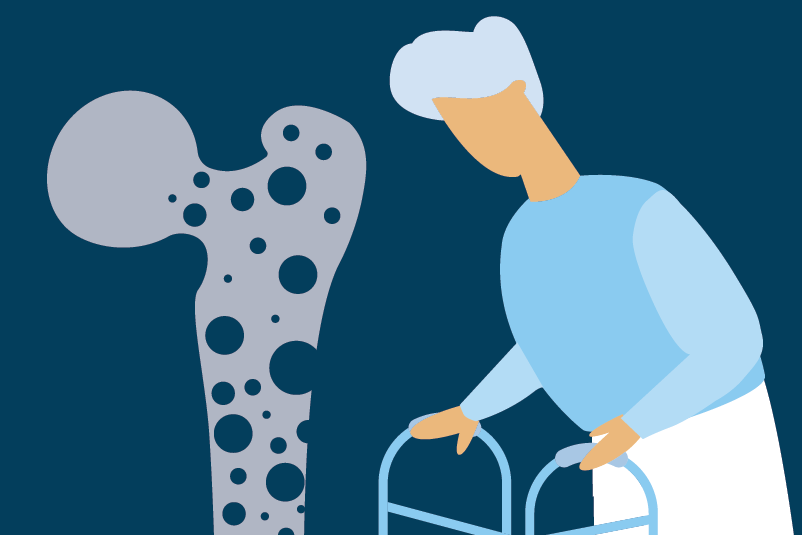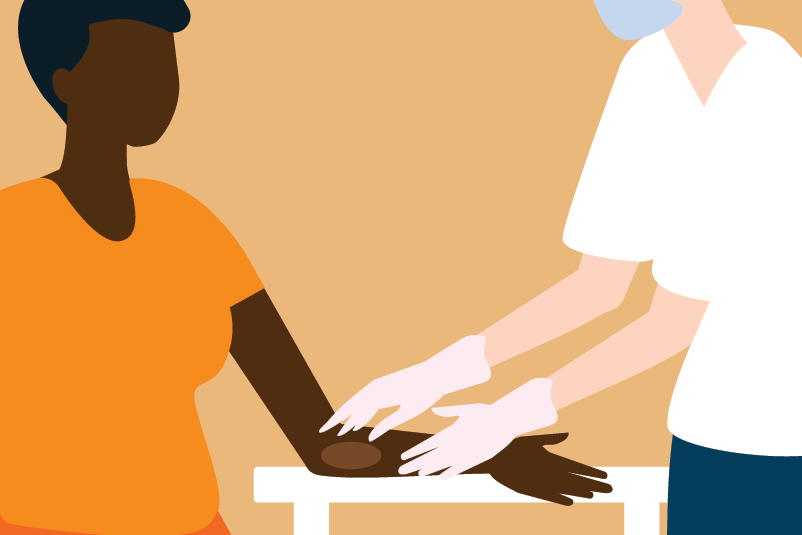#293 Bath Time: Atopic Dermatitis and Bathing

Reading Tools for Practice Article can earn you MainPro+ Credits
Join NowAlready a CFPCLearn Member? Log in
- Statistically significant differences unless noted.
- Frequency:
- Cross-over randomized controlled trial (RCT)1 of 42 children with moderate-severe AD. Two-week treatments of twice-daily versus twice-weekly baths (moisturizers applied after baths but otherwise twice-daily):
- Patients with ≥30% symptom improvement: 58% twice-daily baths versus 15% twice-weekly, number needed to treat (NNT)=3.
- Mean symptom score (0-103, higher worse): Baseline 42, twice-daily baths improved 21 points more than twice-weekly.
- Cross-over randomized controlled trial (RCT)1 of 42 children with moderate-severe AD. Two-week treatments of twice-daily versus twice-weekly baths (moisturizers applied after baths but otherwise twice-daily):
- Showers versus Baths:
- No RCTs.
- 1 non-randomized trial2 and 1 intervention cohort3: Children who added a shower daily at school had improved AD scores.
- Bleach Baths:
- General AD: Systematic Review4 (4 RCTs, 116 patients) of moderate-severe AD, bleach bath (5-10 mins, 2x/week) versus regular bath, at 4 weeks:
- No significant difference in AD scores, surface area with AD, or staphylococcal colonization.
- Limitations: Trials small/short/heterogeneous.
- Others find similar.5 No increased adverse events.
- AD with clinical bacterial infection:
- RCT (22 patients): Reduction in score of submerged sites.
- Bleach bath group also got nasal mupirocin and were more severe at start.6
- Cross-over RCT (40 patients): No difference in AD severity.7
- RCT (22 patients): Reduction in score of submerged sites.
- General AD: Systematic Review4 (4 RCTs, 116 patients) of moderate-severe AD, bleach bath (5-10 mins, 2x/week) versus regular bath, at 4 weeks:
- Additives (like Oilatum™ or Aveeno™):
- Systematic review (5 RCTs, 111 patients):8 inconsistent reporting, high risk of bias.
- RCT (482 children):9 generally moderate AD, assigned to bath additive (clinician/patient choice) versus no additive, after 1 year: No benefit.
- Water Softener:
- RCT (336 children):10 moderate-severe AD living in hard-water area (≥200 mg/l calcium carbonate), ion-filter water softener versus none, after 12 weeks: No difference.
- Guidelines/reviews recommend regular bathing and apply moisturizers (ointment or thick-creams) immediately after, while skin is still damp.11-14
- Advocacy for bath alterations, like bleach baths, persists11-14 but some acknowledge the evidence does not support benefit.13







will be applicable in practice
Against previous recomendations….excellent
Thank you.
Good to know
I am surprised by this. Why frequent bathing helps AD?
thank you
Answer to YS Son’s question from the AAD guideline: “Bathing can have differing effects on the skin depending on the manner in which it is carried out. Bathing with water can hydrate the skin and remove scale, crust, irritants, and allergens, which can be helpful for patients with AD.23 However, if the water is left to evaporate from the skin, greater transepidermal water loss occurs.24 Therefore, application of moisturizers soon after bathing is necessary to maintain good hydration status.”